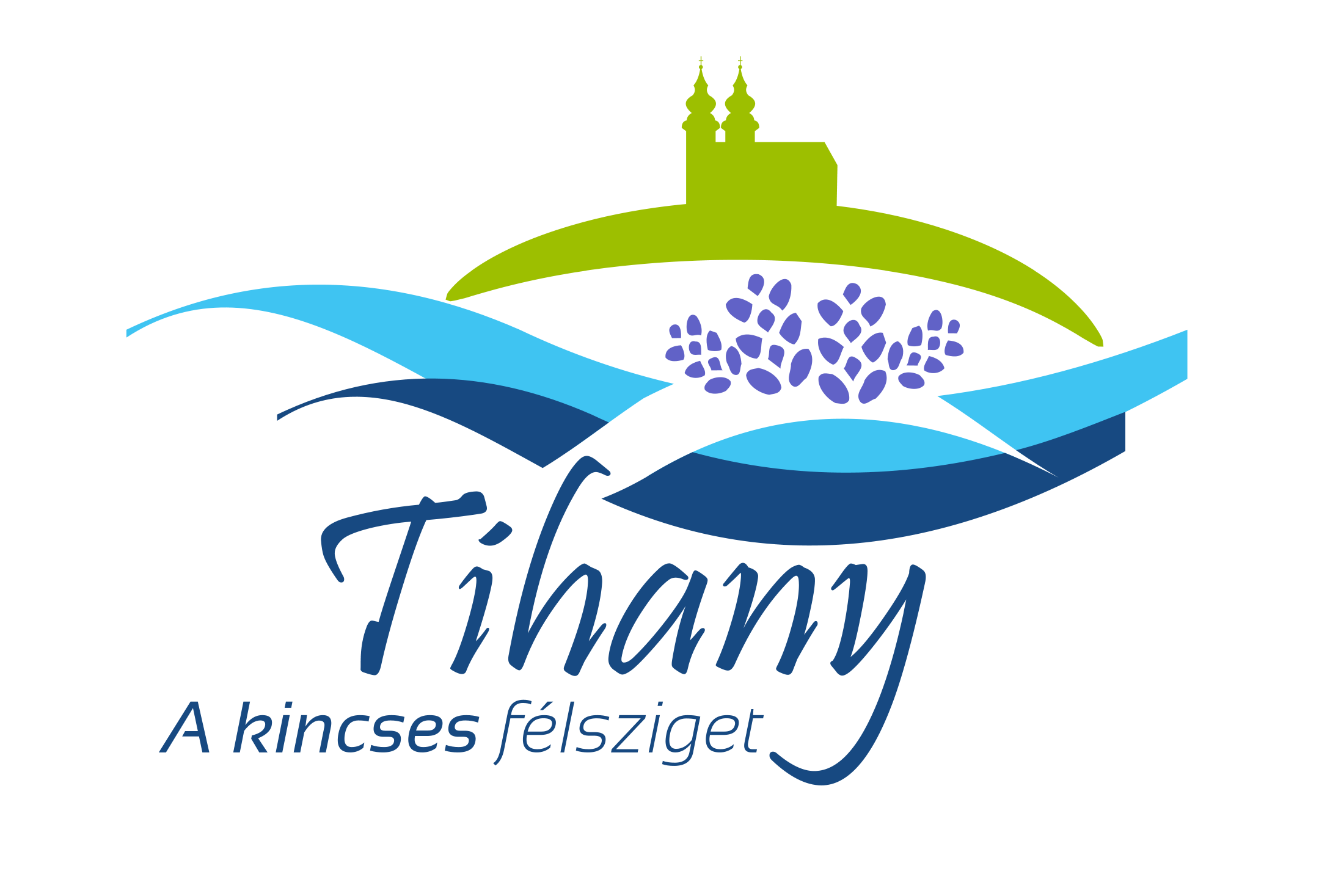One of Tihany's best-known phenomena is the echo. It has existed since the middle of the 18th century, since the construction of the present abbey.
The words shouted from the Echo Hill bounce off the north side of the abbey, which is about three hundred meters away, covering the round-trip distance of nearly seven hundred meters in two seconds. A small pillar, called an echo stone, was erected on the hillside, from where it was necessary to shout towards the church. It has inspired many poets; Mihály Vitéz Csokonai and Mihály Vörösmarty also wrote poems about it, but the most famous of them is János Garay's tale about echo.
The Echo
Already at the beginning of the century, it was noticed that the power of the echo was de-creasing. They mostly thought that the change was due to newly built villas. Since then, it has been proven that the stronger foliage of the trees planted between the hill and the church in the meantime is the "culprit", and at least as much the noisy tourist traffic that increases in the summer months.
At the end of the century, the Benedictine monk Alfréd Jalsovits began to build an observa-tory on Echo Hill, but the work stopped after a short time. When Tihany got water pipes in 1925, the water storage was built on Visszhang Hill. Today it no longer functions as a water tank; a restaurant was created on top. The echo stone still exists today, behind it we find the beautiful statue of Miklós Borsos, the Tihany echo. Trying out the echo is a must!
The Calvary
IKing Károly IV spent his last days in Hungary in Tihany, from October 26 to October 31, 1921. From there he was exiled to the island of Madeira, where he died on April 1, 1922. The Calvary in Tihany took place on the initiative and organization of the Károly IV Tihany National Memorial Committee. The counties (in Hungarian: “vármegye”) also contributed the money needed to build the calvary. Independent or merged counties undertook to set up the stations, on behalf of the sixty-three old counties. The names of the donor counties were engraved on each station. The purpose of the construction of the Calvary was that, just as Jesus Christ walked along the Way of the Cross to Golgotha, the Stations of the Cross sym-bolize the tragic fate of Hungary and the king. Until 1950, until it was banned, the Stations of the Cross was performed at Calvary on Holy Week.
It was demolished in 1960, as a result of the political situation at the time. Everything disap-peared from its place, only the piles of stones behind the crosses remained. For the restora-tion, the Municipality of Tihany Village and the Benedictine Abbey of Tihany established the Károly IV Calvary Foundation. In 1992, the foundation stone of the calvary to be rebuilt was ceremoniously laid, and in 2000, the new station pillars completed until then and the three temporary wooden crosses were handed over. The calvary is completed by placing cop-ies of the original corpora.
 English
English  Čeština
Čeština  Nederlands
Nederlands  Polski
Polski  Magyar
Magyar  Deutsch
Deutsch 








